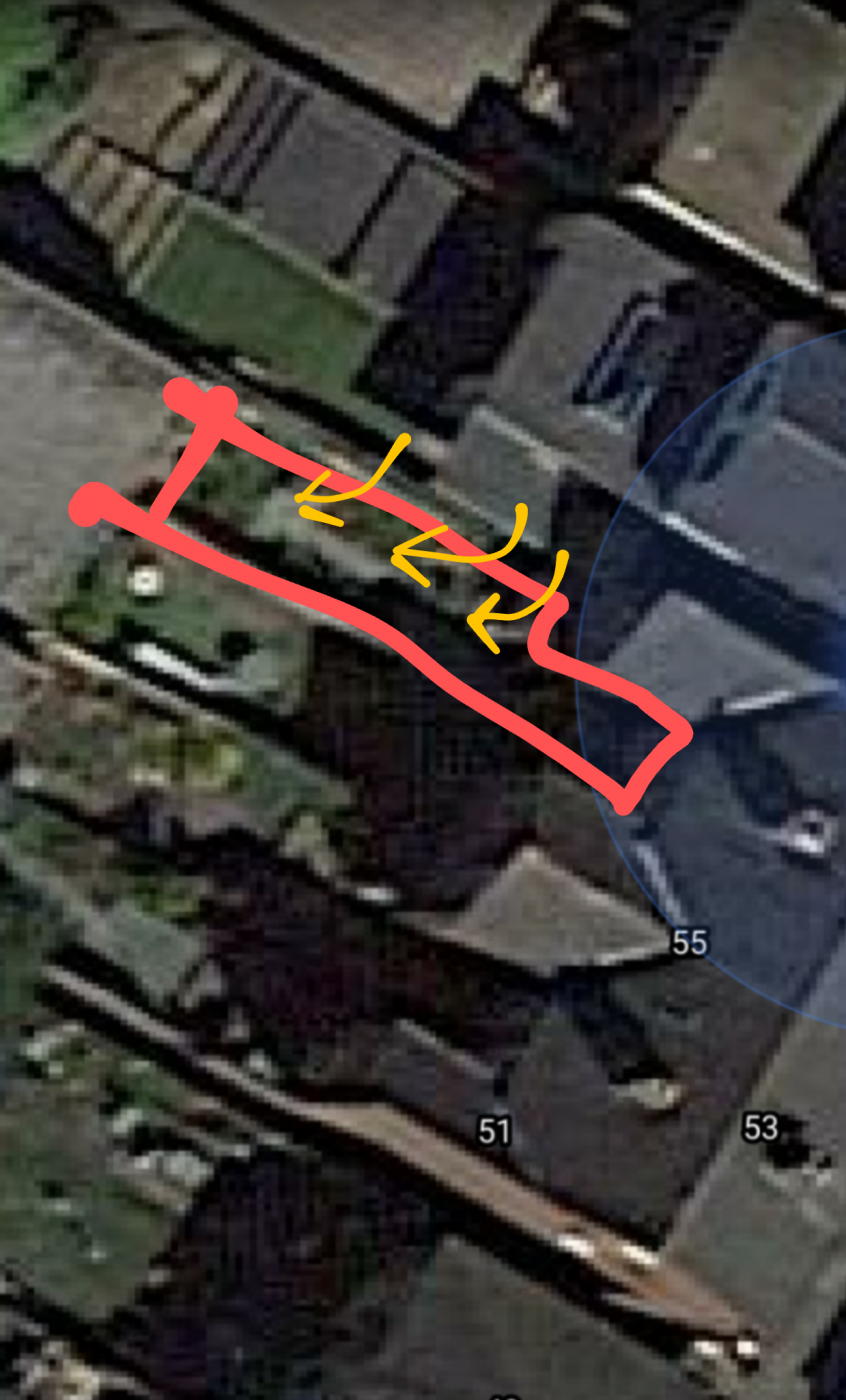This Forum will close on Wednesday 27 March, 2024. Please refer to the announcement on the Discussions page for further detail.
Strange wind tunnel effects
 Loxley
Posts: 5,698
Loxley
Posts: 5,698
I have a high fence along the North East boundary of my garden, facing south west. The wind must get trapped by the buildings and fencing, because tall plants tend to lean away from the fence, and stuff at the back of the bed ends up almost flattened, showing that the wind funnels along the base of the wall in the direction of the arrows on the Google maps image. (North is up).
It's not a disaster, but I wonder if anyone else had noticed anything similar and managed to deal with it? I'm thinking of planting a couple of larger shrubs or small trees to bear the brunt of the wind, and had already decided to edit out a lot of taller perennials.

It's not a disaster, but I wonder if anyone else had noticed anything similar and managed to deal with it? I'm thinking of planting a couple of larger shrubs or small trees to bear the brunt of the wind, and had already decided to edit out a lot of taller perennials.

"What is hateful to you, do not do to your neighbour".
0
Posts
Other than that, using shrubs to help support perennials is the best method.
A basic shelter belt of shrubs/trees is always necessary in any windy site, but careful placement is important, and you often need to have enough room to do it for it be effective. It's regularly very windy here, so anything light weight needs support or protection, or sometimes both. Even with that screening, it can be tricky.
I live in west central Scotland - not where that photo is...
I guess there's a reason you don't have plants overtopping the fence, but you would find something semi-permeable along there (trellis between the top of the fence and the underside of the car port?) would possibly dissipate the strongest effects. If you are getting a down-draught from your house wall, then a sturdy climber over that wall would help to slow it down and filter it. You do have to find something that will cope with bearing the brunt of it for that to work though.
“It's still magic even if you know how it's done.”